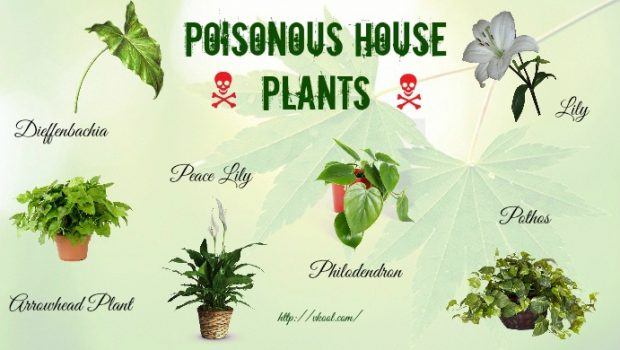
No one can’t deny that plants bring a lot of benefits to our lives from the past until now. They can help in purifying the air, giving your house visual interest, and even they are medicinal or edible. Some popular plants are the common staple in your kitchens, like aloe vera, which is complimented on its easy care, soothing gel as well as beautiful shape. However, some common plants which are said to be popularly grown and very useful may be toxic as well. The poisonous house plants may be a hazard to your children as well as your pets. Especially, it is a hazard to the elderly people with dementia.
So do you know exactly what the poisonous house plants are? Now it’s time for you to relax and read this article on our page VKool.com which is going to present to you 16 poisonous house plants that you ought to keep out of your house.
Top 16 Poisonous House Plants For Humans And Pets
1. Philodendron
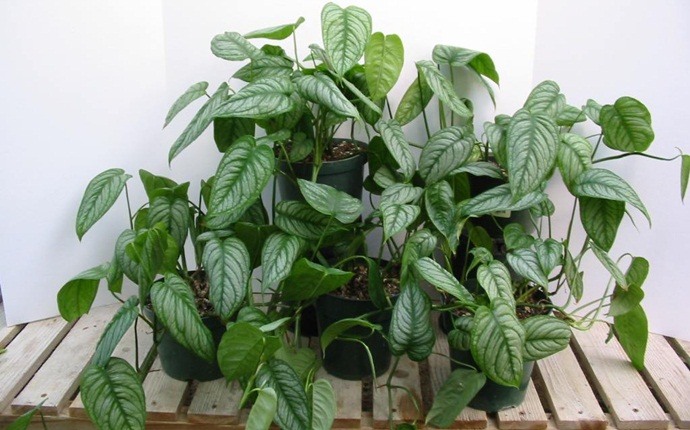
Philodendron is one of the most common house plants and it is also one of the poisonous house plants. As you can see, this plant is very easy to be grown and it looks very beautiful. Meanwhile, it is usually the wonderful complement to every room, it consists of calcium oxalate crystals. These compounds are very toxic to not only humans but also animals.
Furthermore, there are two kinds of philodendron. One is vining and one is non-vining. It is also very important to keep the vining plants being hung out of reach of the children as well as to keep leaves and tendrils being trimmed. The non-vining plants ought to be kept on the high shelves or window sills. Why should it be kept like that? In humans, especially small kids, eating philodendron usually may cause slight side effects such as a dermatitis reaction as well as the swelling of the digestive tract and mouth. In some rare situations or after eating big amounts, there will be fatalities in your children. Besides that, philodendron has also more effects on the pets such as dogs and cats. They include pain, seizures, swelling and spasms.
Learn more: Indoor Plants That Clean The Air
2. Poisonous House Plants – Pothos
Another plant which is also listed as one of the poisonous house plants is the pothos ivy. It is called devil’s ivy as well. In fact, this plant is suggested to be grown because of its beautiful variegated leaves, air purification abilities, along with forgiving nature. And it is considered as one of the best plants that can purify the air. In addition, propagating from cuttings is very easy. That’s why a lot of people are given these as the housewarming gifts or starter plants. And then they continue to have various plants rooted from the parent one. Moreover, pothos is believed to be slightly harmful in the small quantities; however, it can produce serious and uncomfortable side effects in humans and animals. Do you want to know the side effects which humans and animals may suffer from? In humans, it may cause burning of the mouth, swelling of the lips, throat and tongue, skin irritation, diarrhea, together with vomiting. In animals such as dogs and cats, it may cause swelling of the tongue and mouth, drooling, difficulty in breathing, and choking along with stomach upset. And then it may lead to renal failure or death.
See more: Types Of Houseplants
3. Arrowhead Plant
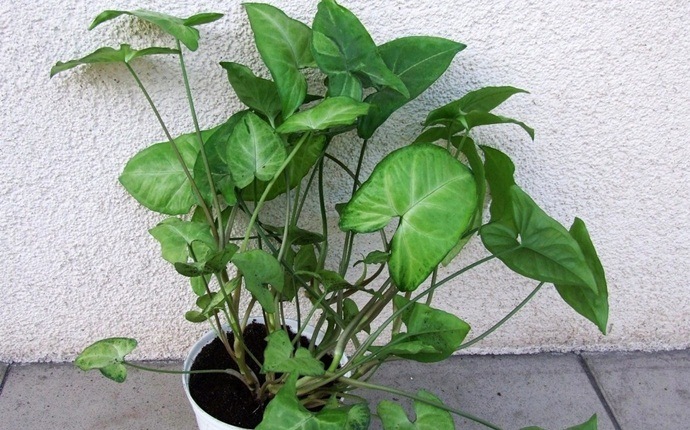
Arrowhead plant which is also known as Syngorium podothyllum is mentioned in the list of poisonous house plants as well. This plant has long and heart – shaped leaves. Just like philodendron, this plant is very easy to take care of. It is also popularly mixed in the dish gardens with the different plants which require the similar care. In general, a lot of people receive this plant as a present. Although this plant is very beautiful with the heart – shaped leaves when it is young and arrowhead – shaped leaves when it is older, it is still poisonous. It may cause vomiting, stomach upset along with irritated skin in both humans and pets.
Read more: 4 Cycle Solution
4. Poisonous House Plants – Lily
Lily is a beautiful plant. People often say that just a few flowers are so beautiful as lily flower. From the gracefully curved blossom of the calla lily to other seasonal favorite, the Easter lily. And the colorful plant is very common indoors and outdoors. Although lilies are so beautiful, some of them are toxic. However, they are more toxic to animals than to the humans. The toxic lilies include calla lily, rubrum lily, Asian lily, day lily, tiger lily as well as Easter lily. Furthermore, different types of lilies can cause the different symptoms in humans or pets. In pets, particularly cats, they may suffer from lethargy, vomiting, together with lack of appetite. Seriously, they may suffer from renal and liver failure. If they are not treated, they will die. In humans, this plant may cause skin irritation, stomach upset, blurred vision, vomiting as well as headache.
5. Poisonous House Plants – Peace Lily
In the list of poisonous house plants, peace lily should be mentioned as well. It’s also called Spathiphyllum and it isn’t a member of Liliaceae family. That’s why it isn’t a true lily. Moreover, it is shade – loving plant, which makes it become a good idea for your room or apartment with a little sunlight. Besides, this plant is a very excellent air purifier. Just similar to pothos and philodendron, it may cause some painful symptoms and sometimes it causes the death if humans and animals eat this plant. The symptoms which you can see in humans include swelling and burning of the tongue, mouth and lips. Sometimes, you may have difficulty in swallowing or speaking. Diarrhea, vomiting and nausea are also the symptoms in humans. In animals like dogs and cats, burning mouth, diarrhea, vomiting, dehydration, excessive salivation as well as lack of appetite are the common symptoms.
Learn more: Autoimmunity Bible
6. Dieffenbachia
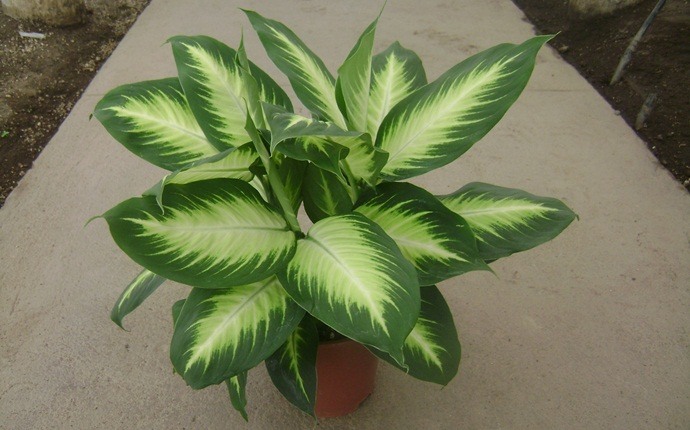
When talking about the poisonous house plants, if we ignore to mention the dieffenbachia, it must be a big mistake. This plant is called dumb cane, too. Just like philodendron, dieffenbachia also consists of oxalate crystals. It has fleshy leaves as well as thick stems. You can easily see that the leaves of this plant are solid green with the green or yellow markings. However, it is different from philodendron, consuming dieffenbachia usually produces slight or modest symptoms in humans and animals. These symptoms include burning sensation, extreme pain in the mouth, swelling or numbing of the throat as well as salivation
See more: Indoor Plants For Office
7. Poisonous House Plants – Oleander
Nerium oleander ought to be mentioned in the list of poisonous house plants, too. It looks so innocent and delicate but it is so toxic. Plus, by eating an oleander leaf, adults can die. In addition, children are more vulnerable and they ought to be kept away from this plant. That’s why it is considered as one of the deadliest decoration. Meanwhile, in humans, this plant may cause arrhythmia, tremors and dizziness; in pets, this plant may cause vomiting, cold extremities and arrhythmia.
Read more: How To Decorate Your House
8. Caladium
Caladium is the different bulb plant with the long – lasting foliage, which is from South America. It is a popular house plant as well as a plant for outside landscaping. This plant is also known as the angel’s wings or the elephant’s ears. There are various colors such as white, pink, and red, which makes them look attractive. In addition, this plant can grow well in the low light. However, every part of caladium is said to be toxic to both humans and pets. In humans, symptoms after eating this plant may include painful swelling and burning of the tongue, lips and mouth, difficulty in speaking, swallowing and breathing. Plus, it may cause serious symptom that is the blocked airways, which is able to lead to the death. Meanwhile, in animals, the symptoms may include staggering, drooling, nausea, head shaking, vomiting and difficulty in breathing.
9. Poisonous House Plants – Snake Plant

Snake plant or Mother – in – law’s tongue is a great floor plant. It contains leathery, sword – like leaves which earned this plant its sharp name. Additionally, the leek and upright shape of this plant is able to complement an arrangement of the bushier, softer plant. And everybody believes that snake plant is able to protect the house from the evil influences. Therefore, it is called the good – luck plant. However, sometimes it is not as lucky as it is thought. Although the toxicity of this plant is low, it still causes some short – lasting symptoms like salivation, nausea as well as mouth pain.
Learn more: Environmental Benefits Of Trees
10. Ivy
Ivy ought to be listed as one of the poison house plants, too. It is an attractive sight as it creeps over the brick or stone walls or creates lush, cool carpeting under the trees. If you want it to be put indoors, it ought to be hung from the baskets so it may create a romantic and cascading showpiece. Furthermore, it is used as holiday decoration such as centerpieces and wreaths. This plant both serves as traditional and beautiful decoration and removes the airborne fecal – matter particles. Hence, it is a fantastic possession for your house with pets. However, it is also poisonous. It may cause some symptoms in humans and pets. In humans, it is very easy to see skin irritation. In case someone eats a large amount of ivy, the burning in the throat and mouth, convulsions, rash, stupor, and fever will happen. And in animals, the symptoms include diarrhea, staggering, vomiting, weakness, hyperactivity, gasping breaths and tremors.
See more: How To Get Rid Of Unwanted House Guests
11. Poisonous House Plants – Daffodil
If you are looking for the poisonous house plants so that you can avoid them and put them outside, daffodil is one of the poisonous plants. Even though it looks so beautiful with yellow flowers and makes your house become nicer, it can be toxic if humans or pets consume it. Do you want to know what will happen after humans or pets eat this plant? After eating this plant, pets or humans may suffer from high blood pressure, stomach problems as well as irregular heartbeat. Even, it will lead to the death if humans and pets consume a large amount of daffodil.
Read more: How To Fet Rid Of Termites Naturally
12. Sago Palm
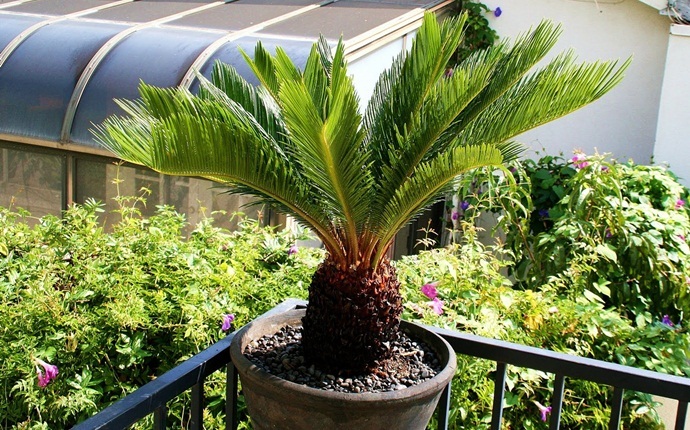
Another plant which ought to be mentioned in the list of poisonous house plants is the sago palm. It is one of the eldest plants on the Earth. Besides that, sago palm can have survived for a long time because the animals do not eat it. In addition, all parts of sago palm such as the roots, the seeds as well as the leaves are very poisonous. If you and your pets eat this plant, you and your pets may suffer from diarrhea and vomiting. Sometimes, it may lead to liver failure.
13. ZZ Plant
In the list of poisonous house plants, ZZ plant is mentioned as well. This drought – tolerant ZZ plant is considered to be a fantastic addition to the low – light cases in your house or in your office. Nevertheless, each part of ZZ plant is poisonous. Therefore, you ought to keep this plant away from your children as well as your pets. You also remember to wash the hands or wear the gloves if you really need to touch this plant.
14. Poisonous House Plants – Aloe Vera
Aloe vera is also a popular house plant which is effective in clearing the air inside the house. In addition, the delicious juice which is extracted from the aloe vera has been used for a long time in order to help in healing wounds as well as burns. Besides that, the aloe vera juice is a wonderful digestive aid. It is also believed to be a good remedy for skin care. However, while the inner aloe vera gel is the wonderful stuff, the outer skin of this plant is slightly toxic. Likewise, it is extremely irritable to your skin along with your intestinal system. Even though this plant will not kill the animals, it will make them become queasy a little bit.
15. Rhododendron

Rhododendron is also a beautiful plant with a lot of beautiful blooms. Especially, when it is grown near the white picket fence, you will have a perfect picture in your house. However, this plant is also highly toxic if you or your children or your animals accidentally eat the stem, the leaf and the flower of rhododendron. It may lead to difficulty in breathing, coma, abdominal pain, as well as paralysis and even death. Thus, this plant is mentioned as one of the poisonous house plants for humans and animals.
16. Poisonous House Plants – Water Hemlock
Water hemlock with the small white flowers may appear in the garden as the weeds. In case you have some curious pets, you ought to remove this plant. Although white water hemlock looks so beautiful and smells like carrots, it is really toxic among poisonous house plants. It is able to attack the nervous system of both humans and animals. In addition, it is possible to cause the serious harm such as seizures or death to not only humans but also animals
In short, some plants are really toxic although they have a beautiful look and make your house look more attractive and nicer. And after you read this article, we all hope that you have a good idea to choose the plant in order to decorate your house. Nevertheless, this article is only for the informative purpose. If you want to grow any plants, you ought to consult the opinion of the specialist before deciding to plant. If you want to know more information, you ought to spend a little time on going to our main page Health. Plus, if you have any question or you know more poisonous house plants, can you tell us by commenting or leaving a message? We promise to respond your comment and your message as soon as we can.
Recommended Articles:
Home Remedies For Flies In House
Want More Content Like This In Your Inbox?
- 16 Quick And Easy Mocktail Recipes To Make At Home
- How To Sing Better Fast – Top 17 Tips To Get Started Now!
- Chris Farrell Membership Review – Does The Program Work?
- Focus Emagazine Download Review – Is Amy Renfrey’s Guide Useful?
- Teds Woodworking Plans Review – Is Ted’s Program Useful?
- Health Benefits Of Singing – 15 Best Advantages
- Respark The Romance Review – Can Brian’s Guide Work?
- 17 Good Dealing With Office Politics Tips Revealed

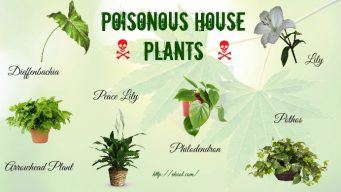

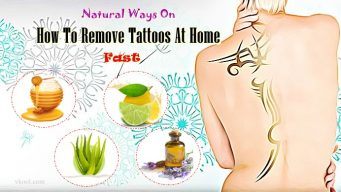
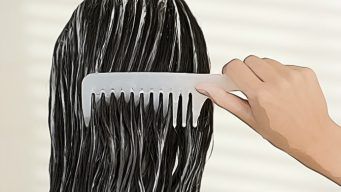



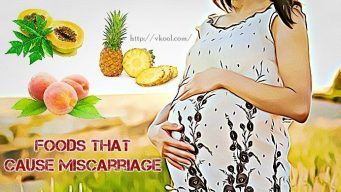
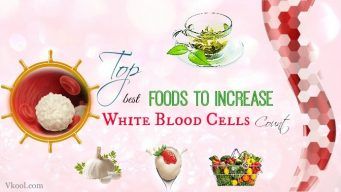




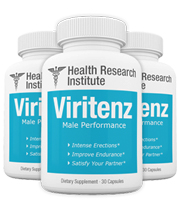
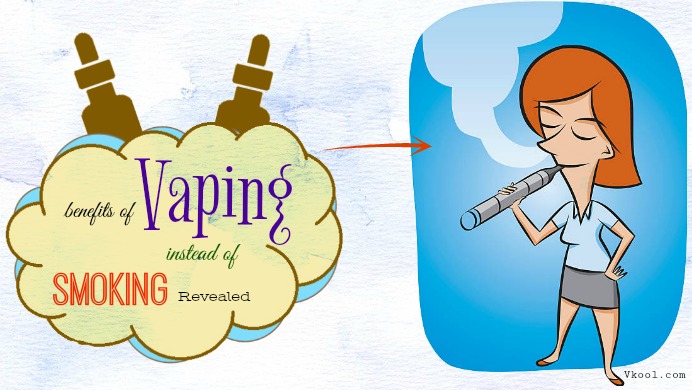
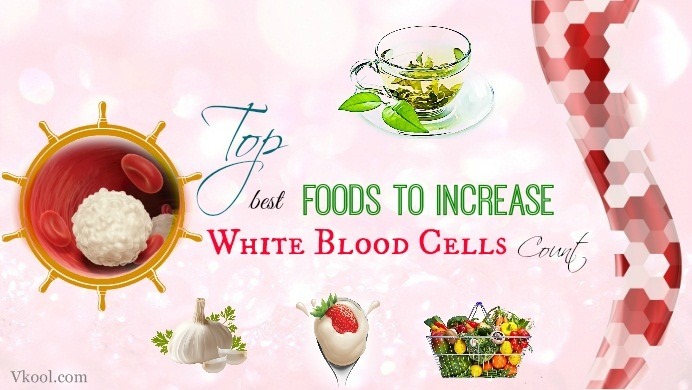
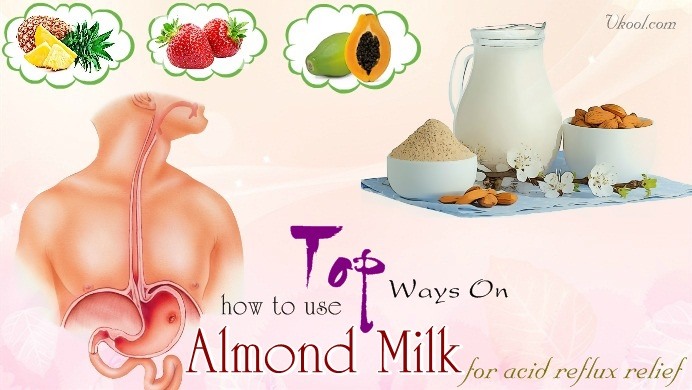




 Why is junk food bad for you? – 11 reasons
Why is junk food bad for you? – 11 reasons 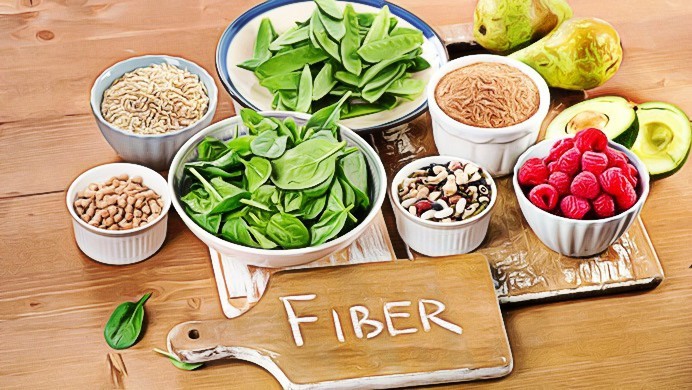 Top 17 Health Benefits Of Fiber Rich Foods Are Revealed
Top 17 Health Benefits Of Fiber Rich Foods Are Revealed 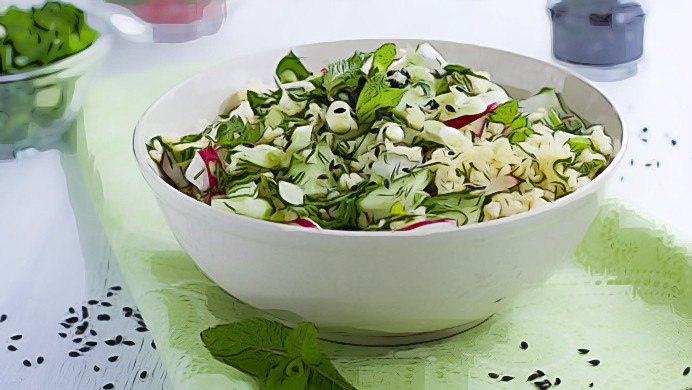 The Pros And Cons Of Eating Vegetable Salads Regularly
The Pros And Cons Of Eating Vegetable Salads Regularly 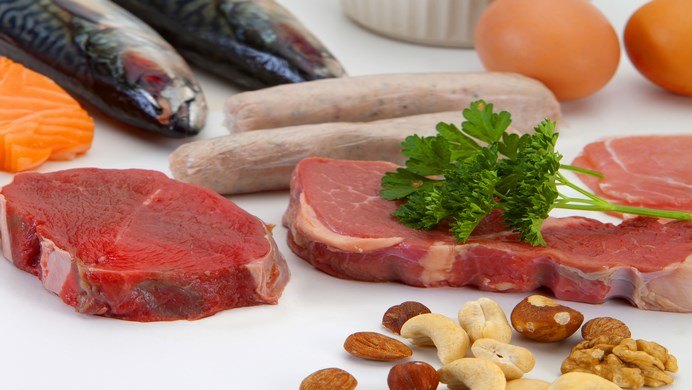 List of 16 high protein food sources
List of 16 high protein food sources 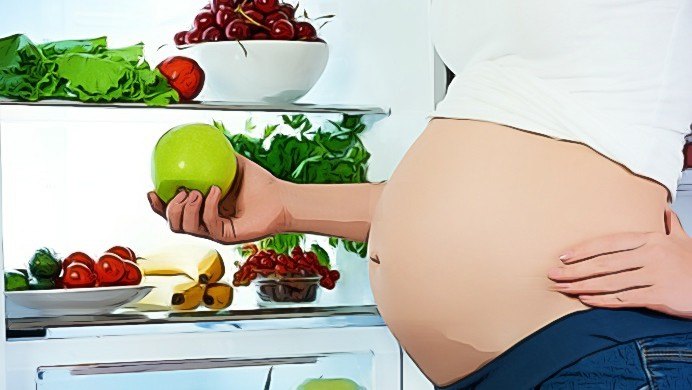 List Of Healthy Foods For Pregnant Women: 23 Best Cheers
List Of Healthy Foods For Pregnant Women: 23 Best Cheers 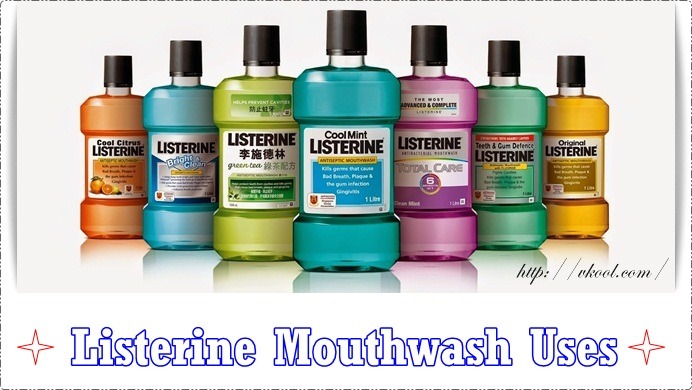 Top 10 Surprising Listerine Mouthwash Uses
Top 10 Surprising Listerine Mouthwash Uses  Top 16 exercises for losing arm fat fast
Top 16 exercises for losing arm fat fast  The renegade diet book review – is Jason’s course useful?
The renegade diet book review – is Jason’s course useful? 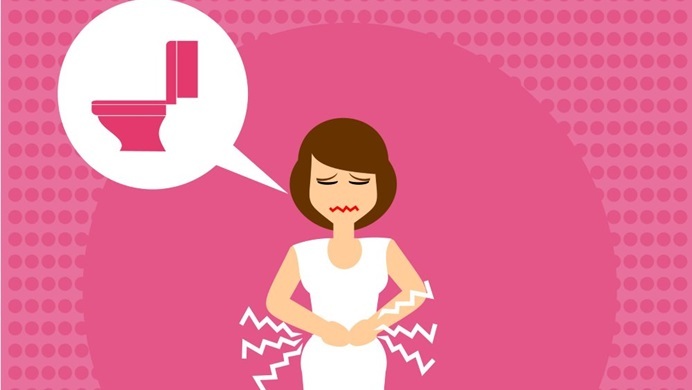 Good & Bad Foods For Diarrhea, Vomiting And Constipation
Good & Bad Foods For Diarrhea, Vomiting And Constipation 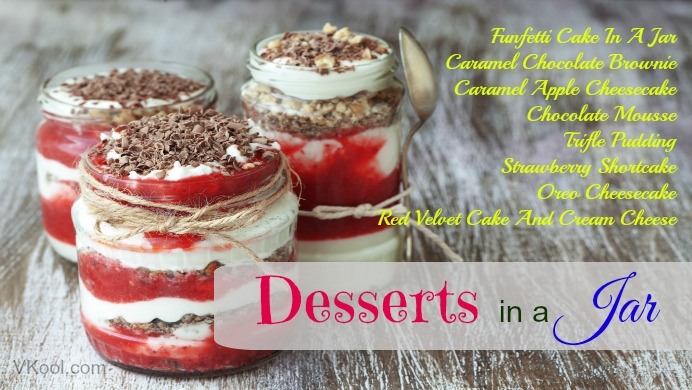 Top 24 easy desserts in a jar – best recipes
Top 24 easy desserts in a jar – best recipes